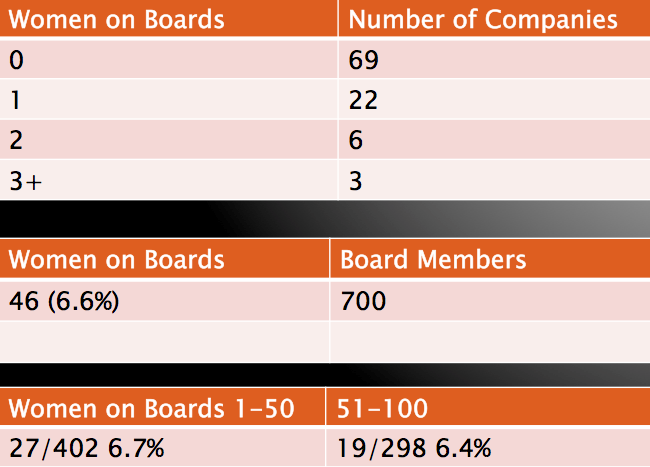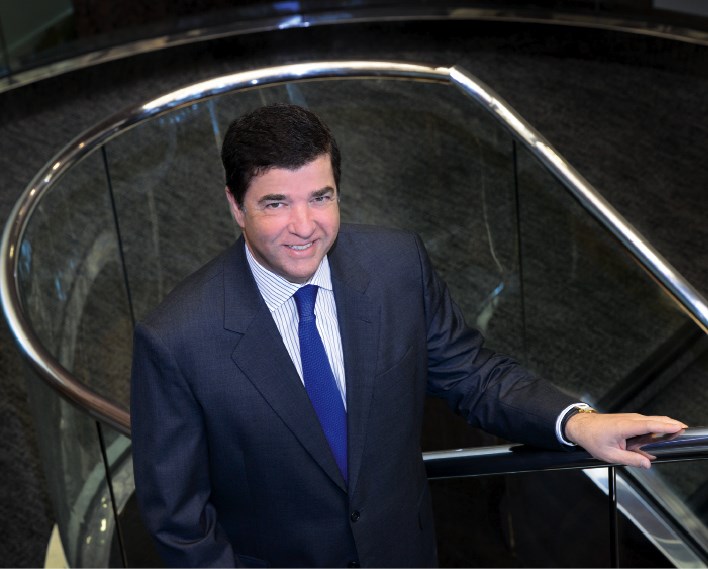Earlier this year, HSBC Bank Canada (TSX:HSB-C) reached an important milestone: Helen Wong, president and CEO of HSBC Bank China, joined the board of the Canadian bank. The company now has five women and five men on its board.
It wasn’t an accident.
“It’s part of our day-to-day to make sure we have representation that mirrors the community we operate in,” Paulo Maia, president and CEO of HSBC Bank Canada, told Business in Vancouver.
It’s a rare achievement, especially for a company based in British Columbia. In 2014, women represented 17% of corporate board membership on the Financial Post’s list of 500 largest companies, according to the Canadian Board Diversity Council.
It still falls far short of the federal government’s goal of 30% female representation on boards by 2019.
That percentage drops to just 6.6% for B.C.’s top 100 companies, according to an analysis done by Adrian Dix, NDP MLA for Vancouver-Kingsway, using BIV’s list of the top 100 public companies in B.C.
“I wasn’t really sure what to expect, but I was surprised at how poorly we did,” Dix said.
He believes the numbers show the need for the British Columbia Securities Commission (BCSC) to adopt the same “comply or explain” rules the Ontario Securities Commission will put in place at the end of this year.
Comply or explain is currently in place in Australia and the United Kingdom. Under the new rules, companies will have to publicly disclose their efforts to improve female representation on their boards.
Six other provinces and two territories have followed Ontario’s lead – but not B.C.

Source: Adrian Dix, Business in Vancouver's Top 100 public companies in B.C.
“We feel that this particular initiative falls outside of our mandate as a securities regulator,” said Pamela McDonald, director of communications and education for the BCSC. “It’s an important issue to us, but it’s more of a corporate governance matter.”
Many of B.C.’s largest companies will already be covered by the comply or explain rules since they trade on the Toronto Stock Exchange.
The BCSC is reluctant to put in place a policy that could impose more costs on companies operating in B.C.’s primarily small-cap, venture capital market, McDonald said. The BCSC plans to study how comply or explain is working in other Canadian jurisdictions.
“I’m not sure what they’re waiting for,” Dix said. “This hurts our economy and isn’t reflective of the market at all, but rather of an Old Boys network.”
B.C. does particularly poorly in this area, said Adine Mees, CEO of the Minerva Foundation. That’s partly because many of B.C.’s biggest corporations are resource companies, sectors that have traditionally not been that open to women.
While comply or explain is a useful tool – results in the U.K. and Australia have been positive – Mees believes it is just part of the picture.
“For me, the two go hand in hand. I would still want to advance an agenda where we’re pushing best-practice culture and mentality.”
One of the reasons HSBC has been successful, Mees said, is that it has aligned its diversity goals with its business goals. Because it wants to attract international business, it’s important that the makeup of its workforce reflects its customers. The bank tries to achieve those goals throughout its entire personnel and has mentorship programs in place to foster the next generation of leaders.
“For every position, we make sure that we have credible candidates from a gender diversity perspective,” said Maia, pictured below.

Those kinds of initiatives are important in creating a pipeline of experienced candidates for executive and board-level positions, Mees said.
Another piece of the puzzle is creating workplaces where women want to stay, even through the family-life-work crunch many women experience in their 30s and 40s.
“You see young girls graduating in higher and higher numbers, you see them entering the workforce in high numbers, and then in their mid-30s to mid-40s they drop out in high numbers,” Mees said.
She also believes that both men and women need to be part of the conversation, noting that research has shown that workforces that include an equal mix of men and women perform better on just about every measure.
@jenstden




